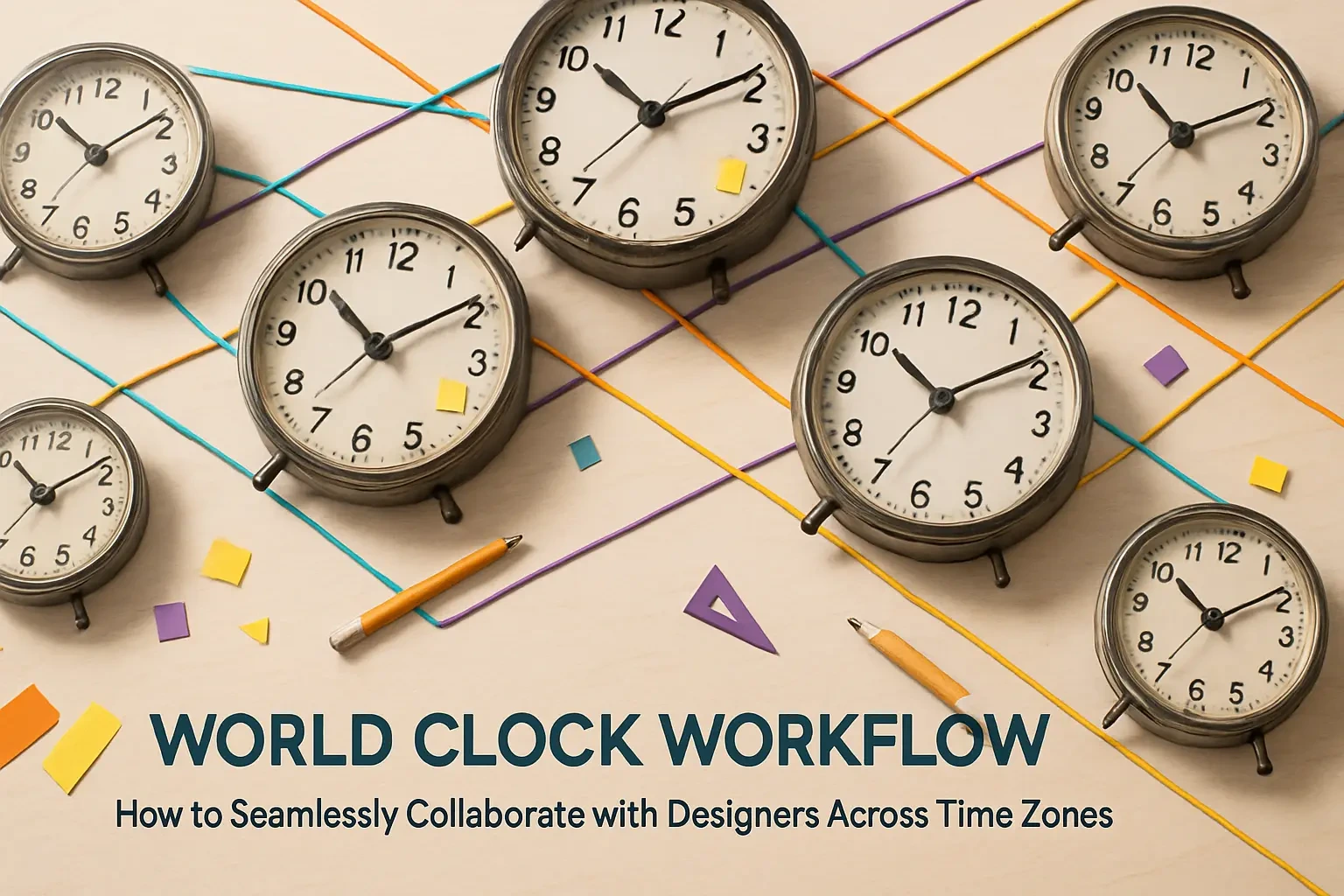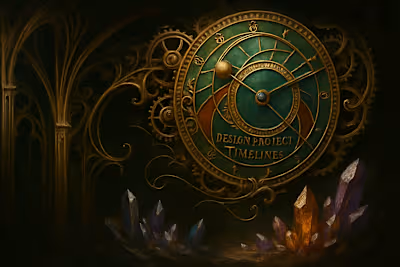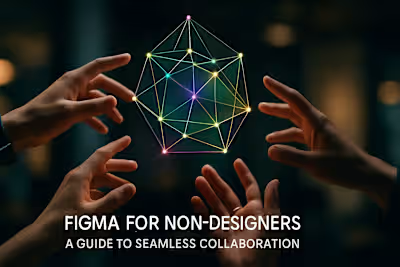World Clock Workflow: How to Seamlessly Collaborate with Designers Across Time Zones

World Clock Workflow: How to Seamlessly Collaborate with Designers Across Time Zones
Establishing a Communication Cadence
Defining Core Overlap Hours for Real-Time Meetings
Setting Clear Expectations for Response Times
The Power of a Daily Asynchronous Stand-up
Mastering Asynchronous Communication
Writing Detailed Briefs and Feedback
Using Video Recordings to Explain, Not Just Type
Creating a 'Single Source of Truth' Project Hub
Leveraging Tools for Time Zone Transparency
Using Calendar Tools with Multiple Time Zones
Using Slack Statuses to Show Local Times and Availability
World Clock Widgets and Apps
Building Rapport and Trust Remotely
Scheduling Occasional 'Water Cooler' Chats
Respecting Local Holidays and Working Hours
Trusting Your Designer to Manage Their Own Time
Conclusion
References
World Clock Workflow: How to Seamlessly Collaborate with Designers Across Time Zones
Establishing a Communication Cadence
Defining Core Overlap Hours for Real-Time Meetings
Setting Clear Expectations for Response Times
The Power of a Daily Asynchronous Stand-up
Mastering Asynchronous Communication
Writing Detailed Briefs and Feedback
Using Video Recordings to Explain, Not Just Type
Creating a 'Single Source of Truth' Project Hub
Leveraging Tools for Time Zone Transparency
Using Calendar Tools with Multiple Time Zones
Using Slack Statuses to Show Local Times and Availability
World Clock Widgets and Apps
Building Rapport and Trust Remotely
Scheduling Occasional 'Water Cooler' Chats
Respecting Local Holidays and Working Hours
Trusting Your Designer to Manage Their Own Time
Conclusion
References
Posted Jul 6, 2025
Don't let geography limit your talent pool. Learn practical tips and strategies for working effectively with freelance Figma designers in different time zones.
0
7









